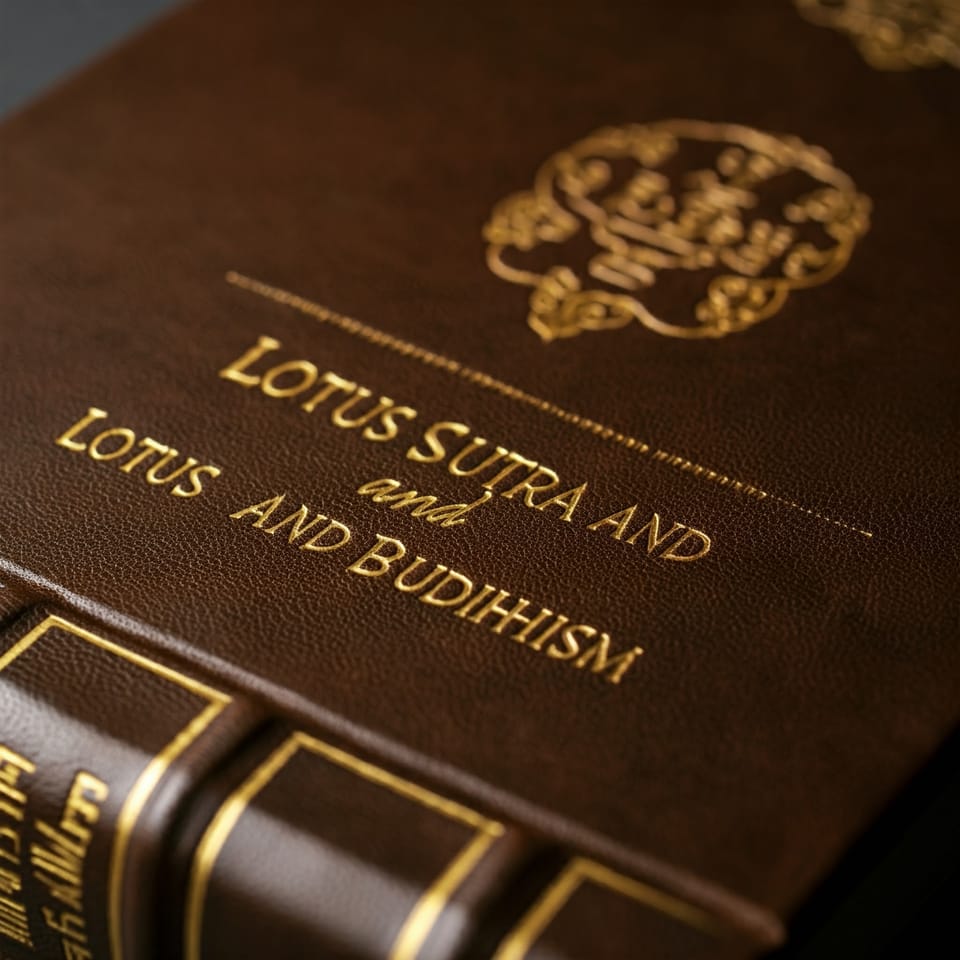Buddhism - Significance of Nam Myoho Renge Kyo in Nichiren Buddhism

नम म्योहो रेंगे क्यो
Nam Myoho Renge Kyo
In Nichiren Buddhism, the mantra "नम म्योहो रेंगे क्यो" (Nam Myoho Renge Kyo) is central to the practice, serving as a powerful invocation for spiritual awakening and transformation. This mantra encapsulates the essence of the Lotus Sutra, which Nichiren, the 13th-century Japanese Buddhist priest, regarded as the ultimate teaching of the Buddha. Here’s an exploration of its meaning and significance:
- "Nam Myoho Renge Kyo" - This mantra can be broken down as follows:
- Nam: Derived from the Sanskrit "Namah," meaning devotion or dedication, it expresses a commitment to the practice and the teachings.
- Myoho: Translates to "Mystic Law," referring to the profound, universal truth or law that underlies all existence, encompassing both the spiritual and material aspects of life.
- Renge: Means "lotus flower," symbolizing the simultaneous nature of cause and effect, as well as purity and enlightenment, since the lotus blooms beautifully even in muddy waters.
- Kyo: Means "sutra" or "teaching," specifically referring to the Lotus Sutra, which teaches that all beings have the potential for Buddhahood.
- Purpose of the Mantra - Followers of Nichiren Buddhism chant this mantra as a practice for spiritual awakening, inner transformation, and attaining enlightenment. The act of chanting is believed to activate the inherent Buddha-nature within each person, aligning one's life with the Mystic Law of the universe. It is seen as a means to overcome obstacles, purify negative karma, and manifest positive changes in one's life, such as improved circumstances, inner peace, and the cultivation of wisdom and compassion.
- Spiritual Significance - The chanting of Nam Myoho Renge Kyo is not merely a vocal exercise but a profound meditative practice that connects the practitioner with the universal truth and the teachings of the Lotus Sutra. It is believed to harmonize the individual with the rhythm of the universe, fostering a deep sense of unity and interconnectedness. The practice emphasizes the potential for enlightenment in this lifetime, encouraging practitioners to face challenges with courage and transform suffering into growth.
This mantra is typically chanted aloud or silently, often accompanied by the rhythm of a prayer bead (juzu) and in front of the Gohonzon, a sacred scroll inscribed by Nichiren. The practice, known as Daimoku, is a cornerstone of Nichiren Buddhism, promoting not only personal transformation but also contributing to the betterment of society through the spread of compassion and wisdom.